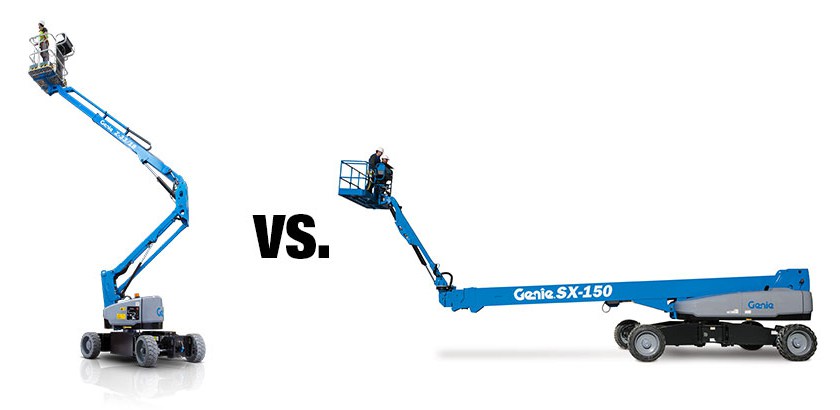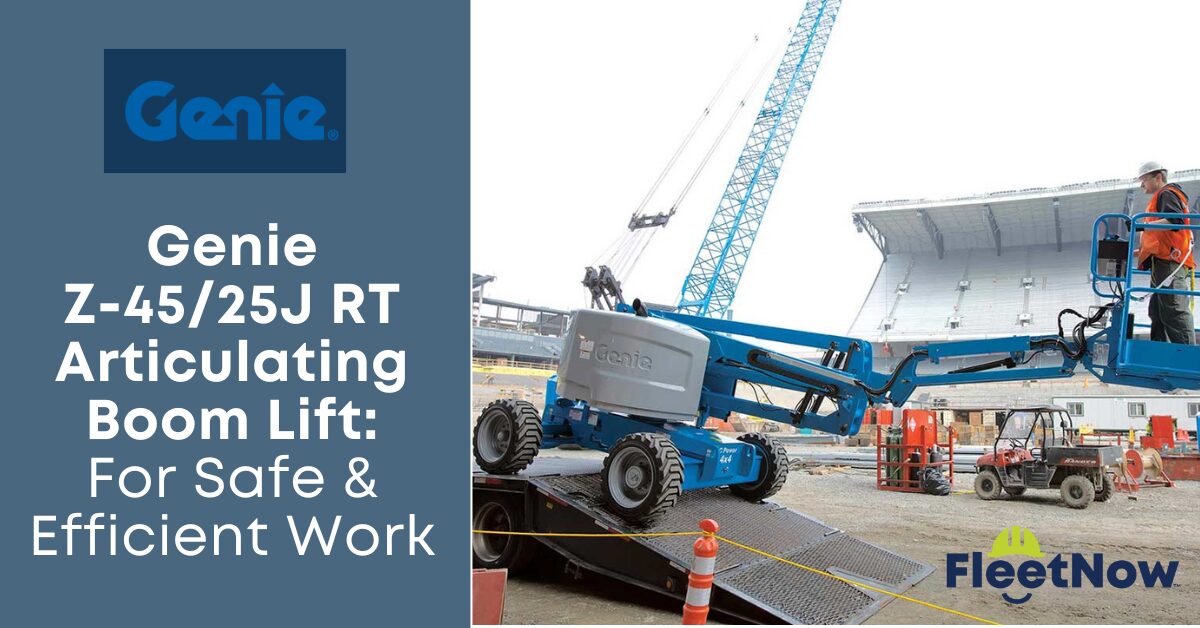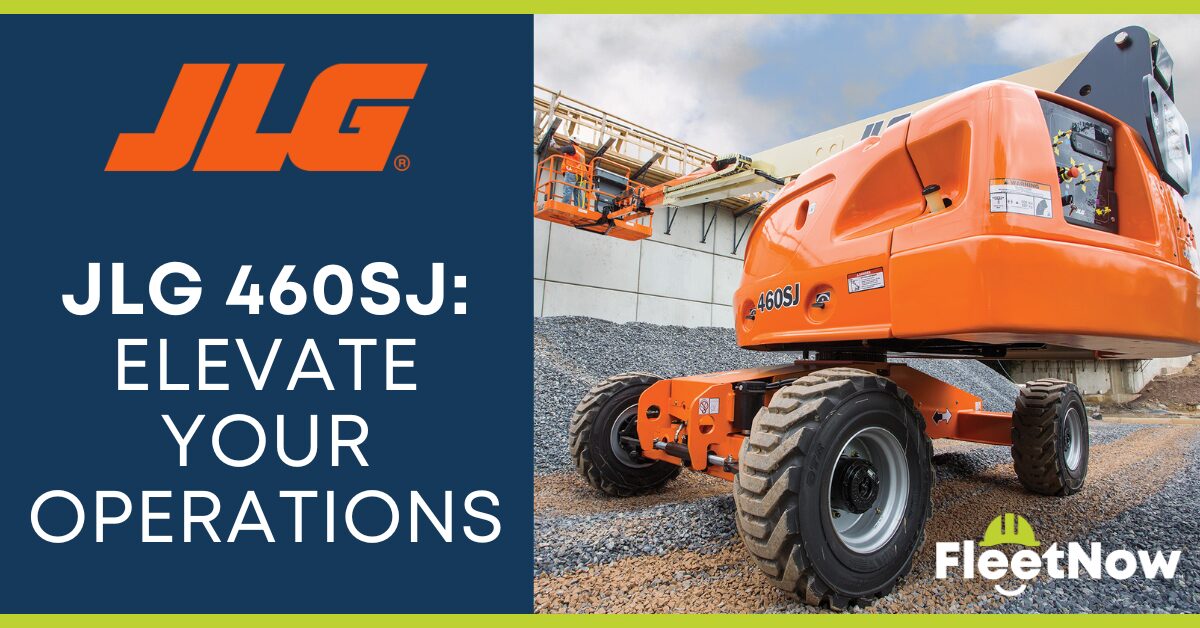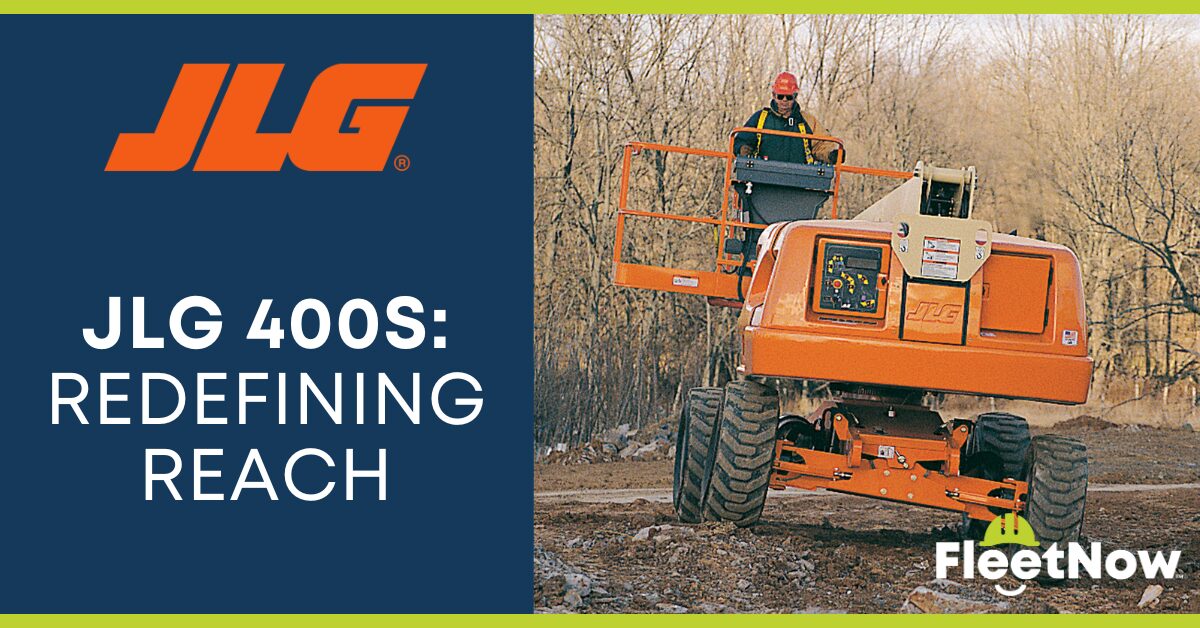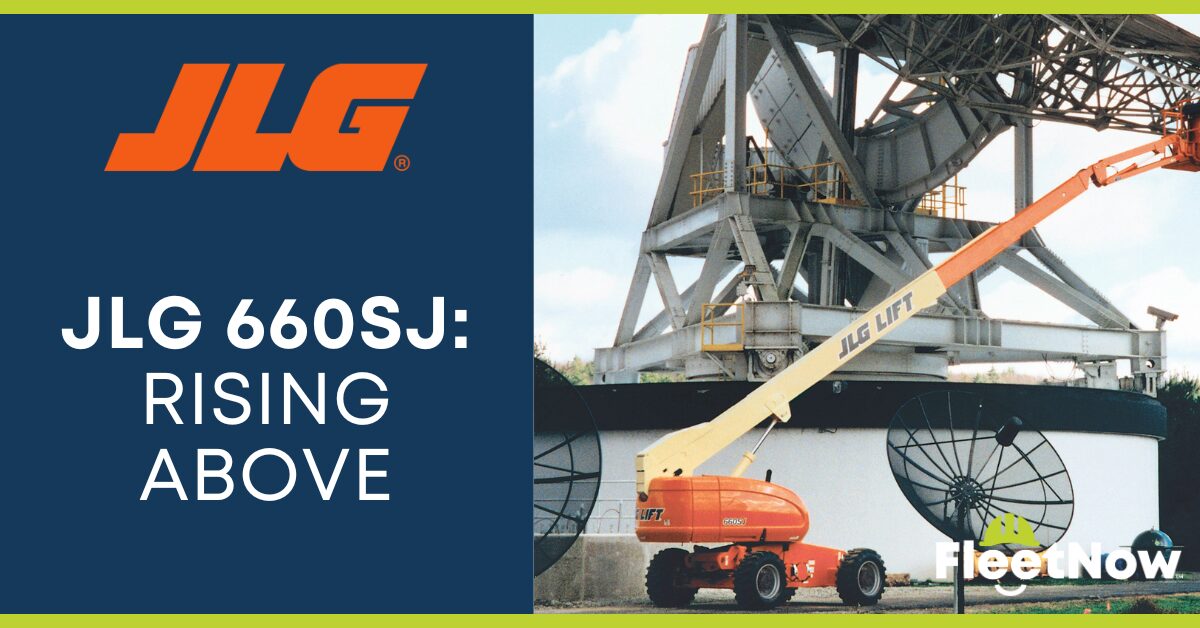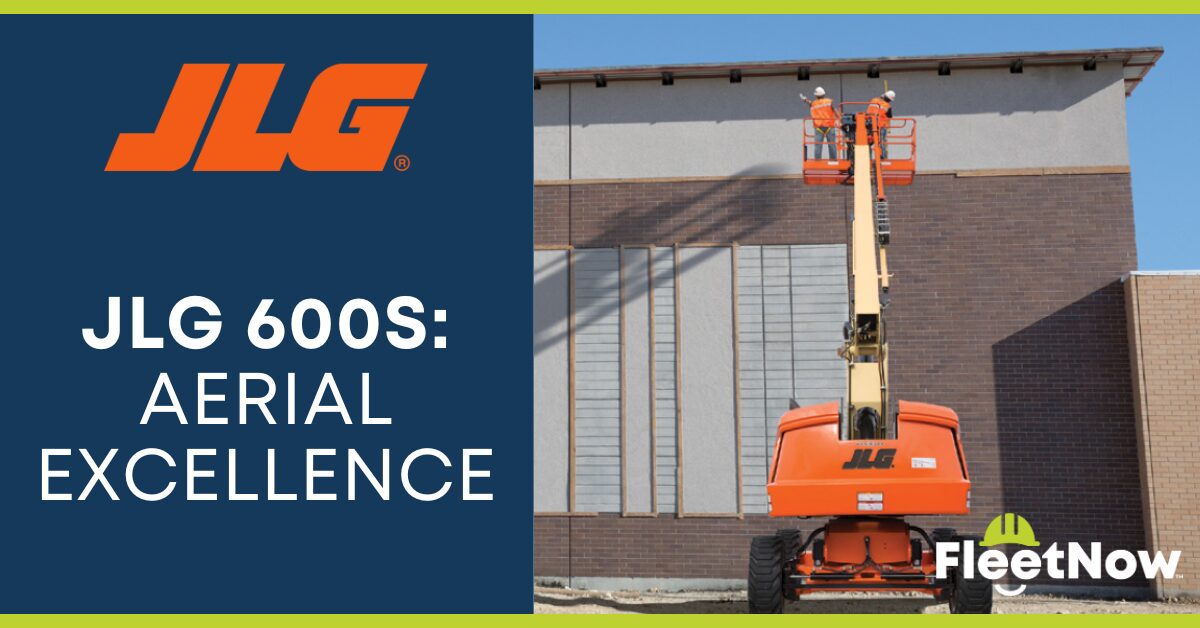Choosing the right type of boom lift for your next job can make the difference between finishing on time or being behind schedule. Boom lifts get you to the height you need to complete the job. They are essential for construction projects, painting, electrical projects, building maintenance among a slew of others.
This equipment gives you the ability to move vertical and reach horizontally to hard to reach areas. They give you reach and access in 3 dimensions on the jobsite.
When purchasing or renting a boom, most people’s first thought is “how high do I need to reach?” Although that is a critical piece of information, there are other factors you must know to find that perfect match.
Types of boom lifts to choose from
What do we mean by “type” of boom? Well there are multiple designs to choose from, but the most common and requested types are telescopic and articulated booms. The telescopic booms (also referred to as straight or stick booms) are best when you have a more open jobsite where there would be little to no obstacles to maneuver around. These booms are specialized for jobsites like construction of high-rise buildings and stadiums and even bridge construction since some of these booms can reach around 80 feet while other specialized booms can reach as high as 135 feet.
An articulated boom (also known as a knuckle boom) gives the operator more room to maneuver in and around obstacles and also gives you the ability to reach up and over them. These booms are fitted with bending joints that allow the operator to reach through obstacles that otherwise would be blocked to a straight boom. The two big trade-offs from a straight boom to this articulated are that they have a larger footprint than that of a straight boom (wider base), and they typically do not reach as high. Although, you can find companies that offer models like a Genie Z-135/70 to give you ample reach.
Size of the Boom
We already talked about needing to know how high you will need to reach, but another specification you should know is how far horizontally you will need to reach from the base. This is where model numbers come into play. Telescopic booms list their maximum working height and horizontal reach and articulated booms will list their maximum working height and their “up and over” height which is how high the boom will reach when fully articulated.
For example, a Genie Z-40/23 N RJ would be an electric boom with a narrow base (“N” in model number) that has a 40-foot platform height and a 23-foot horizontal reach when fully articulated. This model would be perfect for indoor use in small areas. For a larger boom, a Genie Z-62/40 would read the same by having a 62-foot platform height and a 40-foot horizontal reach.
Types of boom lift power sources
You will need to know where this equipment will be used and what kind of emissions are allowed. Obviously, if you are working indoors you would prefer an electric boom because of the Zero emissions and noise pollution. Also, electric booms tend to be more compact in order to fit through double doors and narrow aisles.
On the other hand, if this boom will be used outside on a construction site with little to no paved terrain, you would want to consider a diesel or dual fuel boom. These types of booms are typically fitted with treaded tires to give you the ability to travel over rough terrain efficiently. You also would not have to worry about charging these booms like you would an electric option.
How will you transport from job to job?
You should also consider how you plan to transport this equipment from job to job when you are finished. Most electric and diesel self-propelled options will require a trailer for transport. Even though the smaller lifts are compact and light, you will still need to consider ease of access for a trailer to load and unload the equipment.
There is also an option that allows you to tow the boom itself on the back of a pickup. These Towable booms range from 34 feet to sometimes as high as 85 feet. This option gives you the ability to back the boom right into place with a truck, unhitch the boom, and complete the work. When the work is finished, back the truck into place, hitch the boom, and take-off.
Options and accessories
One of the last, but more important things to consider will be your understanding of the environment you will be working in and the job you will be doing. For example, if you are indoors working on a smooth surface that could be marked up easily, you would want to look into the non-marking tire option which is typical of most electric booms. These tires are manufactured specifically to not leave any marks on smooth floors when driving and maneuvering the boom through the space.
Some other options to consider would be generators in the baskets for welders and other tools, cold weather packages, foam filled tires, racks, and trays, work light packages, and many more.

